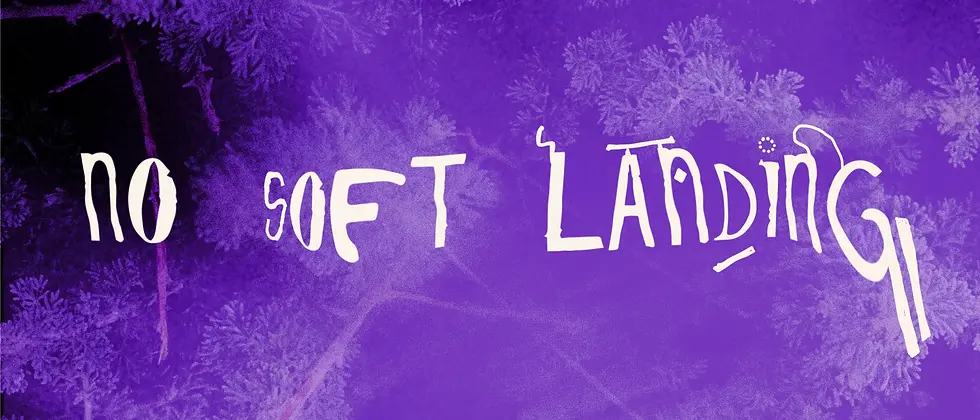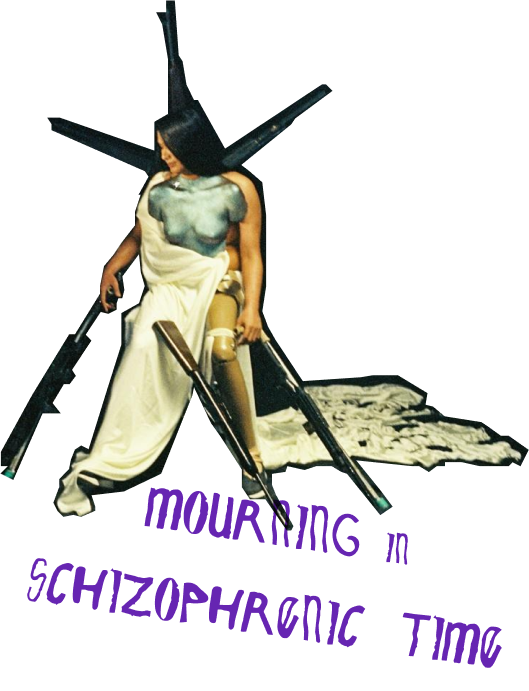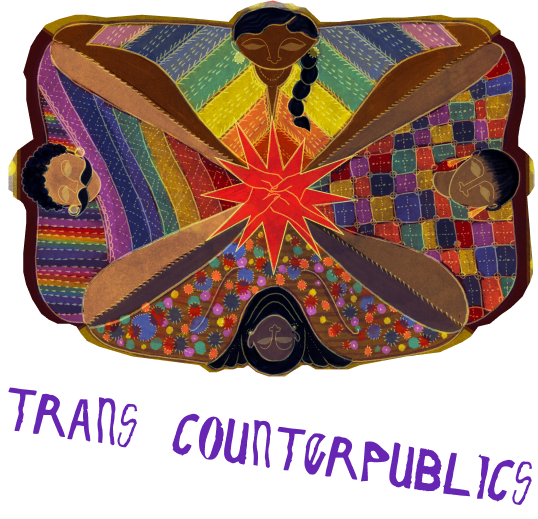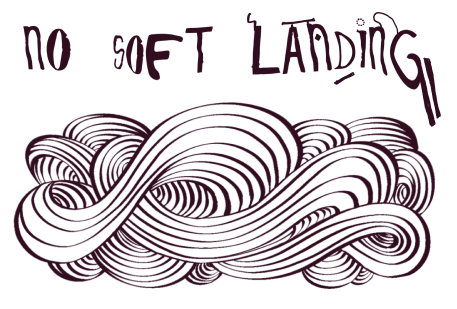VOL. 2
.333
.webp)
.png)


Jaan-e-Haseena
An essay about the varied temporalities and intensities of māṭam—a form of ritual mourning in Shia Islam—as a way to mark how grief, when dislocated from its centers, takes on different velocities and visual registers.
.png)

.png)
Paul and Ondine
In the Kashmir Valley, the spirit of Kashmiriyat remains resilient. Yet, the ongoing struggle for autonomy often overshadows the region’s many intersecting identities, both religious and sexual. When even the majority struggles to assert itself under New Delhi’s authority, what space remains for those at the margins to live and be who they are?
.png)

.png)
I Sayed and Rasel
This essay traces the afterlife of queer activist Xulhaz Mannan's words. Through the collapse of Hasina's regime, the co-option of gender rights, and the silencing of queer life, it asks: can a new Bangladesh emerge if it continues to deny the existence of those it has tried to erase?
.png)


Larayb Abrar and Anamitra Bora
From Assam’s National Register of Citizens offices to Lahore’s streets, trans and queer communities confront policing, displacement, and erasure while continuing to build worlds of resistance, care, and possibility.















